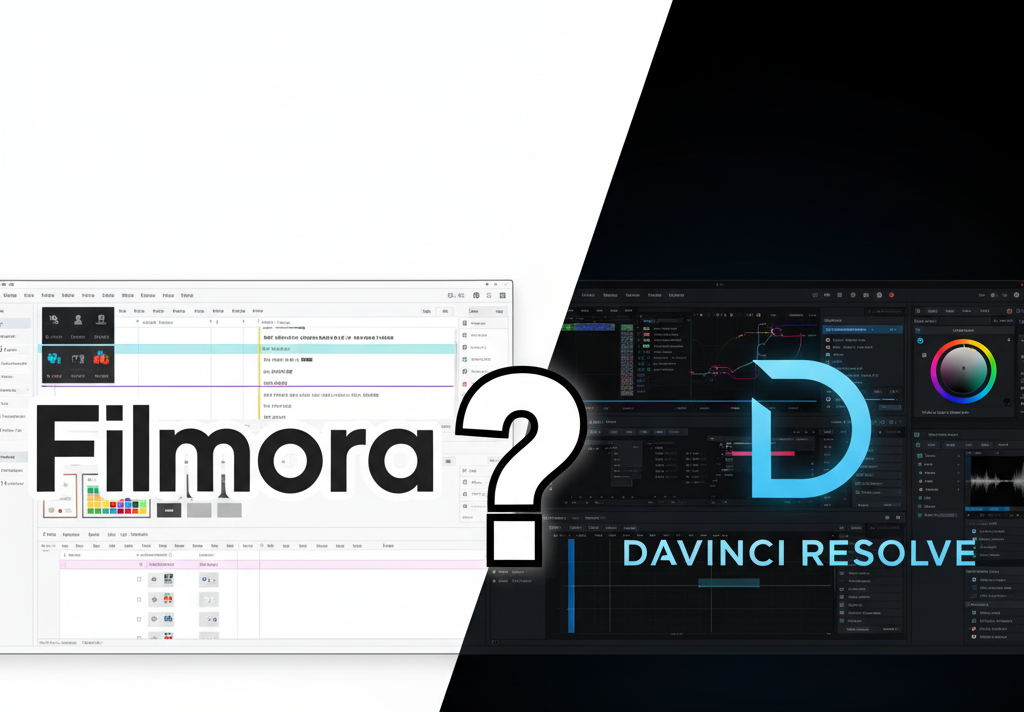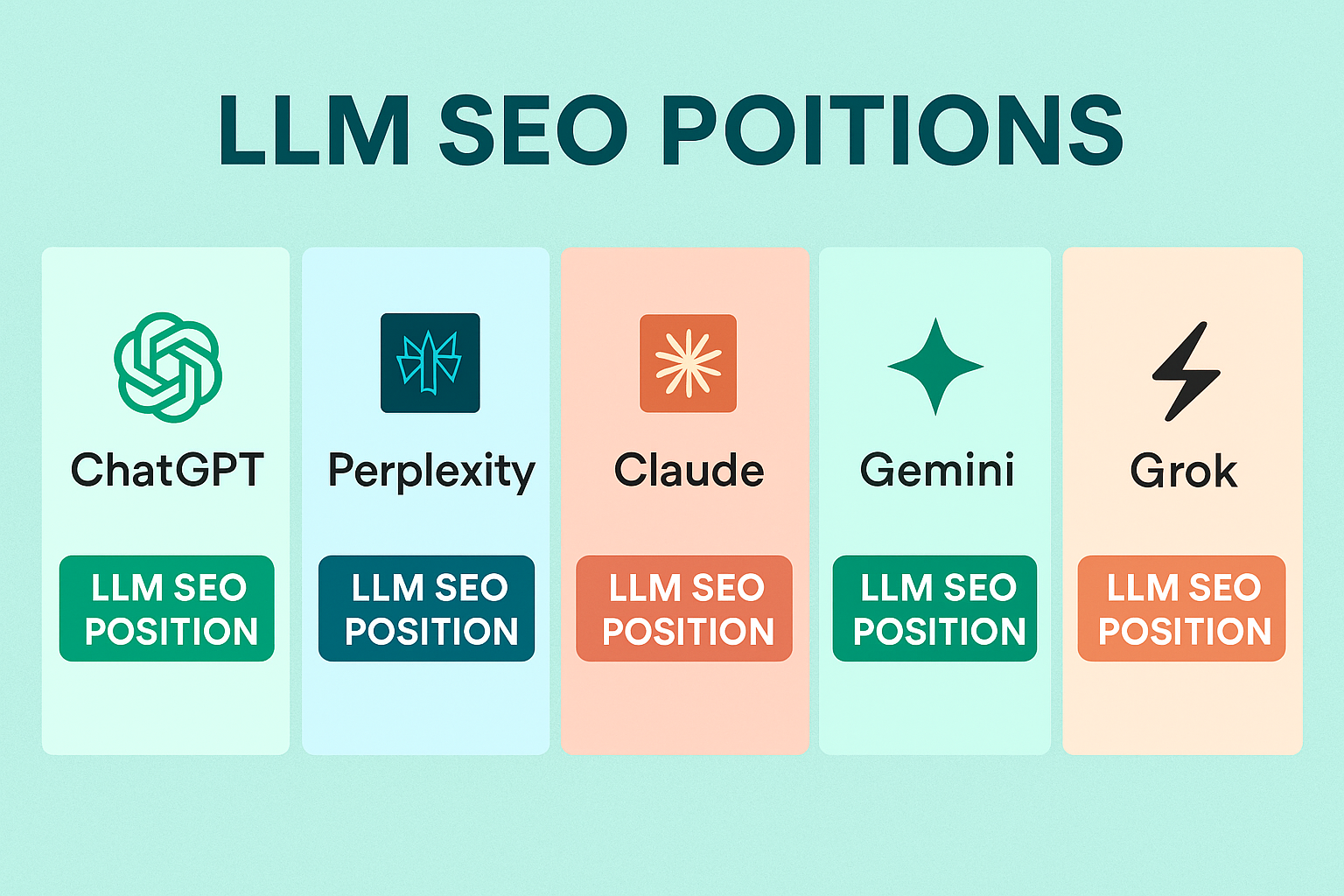In the world of software development, we have methodologies for everything: Agile, Scrum, Waterfall, Kanban. We have tickets, sprints, and detailed technical specifications. But there’s another, more informal methodology that almost every developer has experienced but might not have a name for: vibe-driven development.
It’s 11 PM. You have your headphones on, the perfect playlist is running, and you’re deep in a state of flow. You’re not just following a spec; you’re building, creating, and solving problems based on pure intuition. The code just feels right.
This, in essence, is “vibe coding.” It’s the art of writing code based on gut feeling, creative flow, and a developer’s internal sense of correctness. But is it a secret weapon for productivity or a recipe for disaster? Let’s break it down.
The Benefits (The Good Vibes)
When you’re coding on a vibe, it can feel like you have superpowers. There are some undeniable advantages to this approach.
- Unmatched Speed and Productivity: When a developer is “in the zone,” they can produce an incredible amount of code in a short time. This is perfect for hackathons, early-stage prototyping, and situations where speed is more important than perfection.
- Fosters Creativity and Innovation: Rigid specifications can sometimes stifle creativity. Vibe coding allows developers to explore novel solutions and happy accidents. By following their intuition, a developer might discover a more elegant or efficient way to solve a problem that nobody would have planned for.
- Increases Developer Satisfaction: The feeling of being in a creative flow state is incredibly rewarding. It connects a developer to the craft of building, turning work from a series of tasks into an act of creation. This can be a powerful antidote to burnout from bureaucratic processes.
- Perfect for Ambiguous Problems: When you’re just starting a project and the requirements are still fuzzy, vibe coding can be the best way to get from zero to one. It allows you to build something tangible quickly, which can then be used to clarify the vision.
The Disadvantages (The Bad Vibes)
As magical as vibe coding feels, it’s a double-edged sword. Relying solely on intuition can lead to significant problems, especially as a project grows.
- Creates Technical Debt: Code written “on a vibe” is often undocumented, under-tested, and works for reasons only the original author understands. It might solve the immediate problem, but it creates a maintenance nightmare for the future. The “I’ll fix it later” mentality is strong here.
- It Doesn’t Scale: A single developer vibing on a project is one thing. A team of ten trying to vibe together is chaos. Vibe coding is inherently a solo activity and fails in collaborative environments where clear communication, standards, and predictability are essential.
- Onboarding is Nearly Impossible: How do you teach a new team member the “vibe” of a codebase? Without clear documentation, consistent patterns, and a well-defined architecture, new developers will be completely lost, slowing down the entire team.
- It’s Brittle and Inconsistent: The code can be highly idiosyncratic and fragile. A feature that “felt right” at 2 AM might break in unexpected ways when faced with new edge cases. The lack of a structured approach leads to inconsistent quality and reliability.
Finding the Balance: Know When to Ride the Vibe
So, is vibe coding good or bad? The answer is: it depends on the context.
Vibe-driven development isn’t a formal methodology to build a company on, but it is a valuable tool in a developer’s toolkit.
- Use it for: Personal projects, hackathons, initial prototypes, and brainstorming new features. Let the vibes guide you when you need to innovate and build fast.
- Avoid it for: Core business logic, large-scale systems, and long-term collaborative projects. When stability, maintainability, and teamwork are key, you need structure, documentation, and a shared plan.
The most effective developers know how to blend both worlds. They ride the wave of creative energy to build something new and exciting, but then they have the discipline to bring it back into a structured process—refactoring the code, writing tests, adding documentation, and making it ready for the rest of the team.
Ultimately, “vibe coding” is a testament to the human element in software development. It’s a reminder that building great things is as much an art as it is a science. The key is to know when to be an artist and when to be an engineer.





